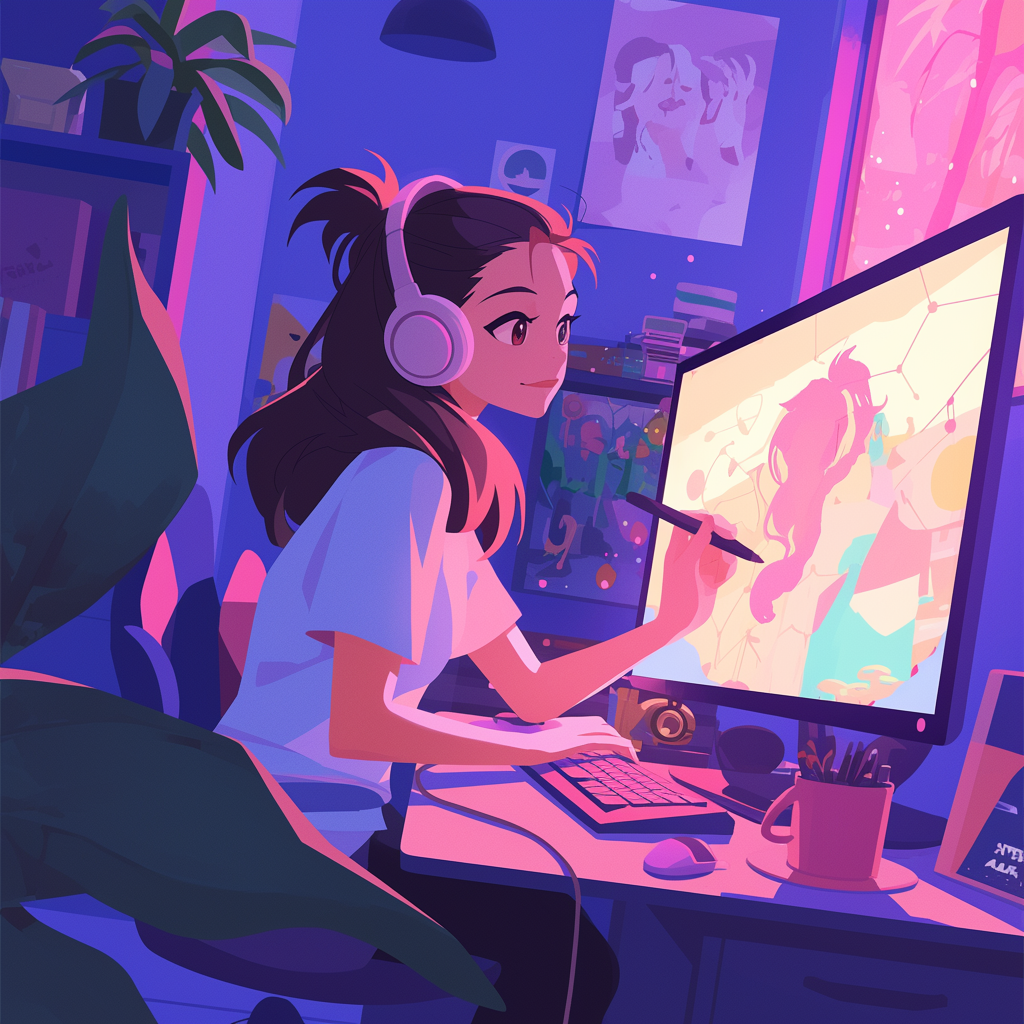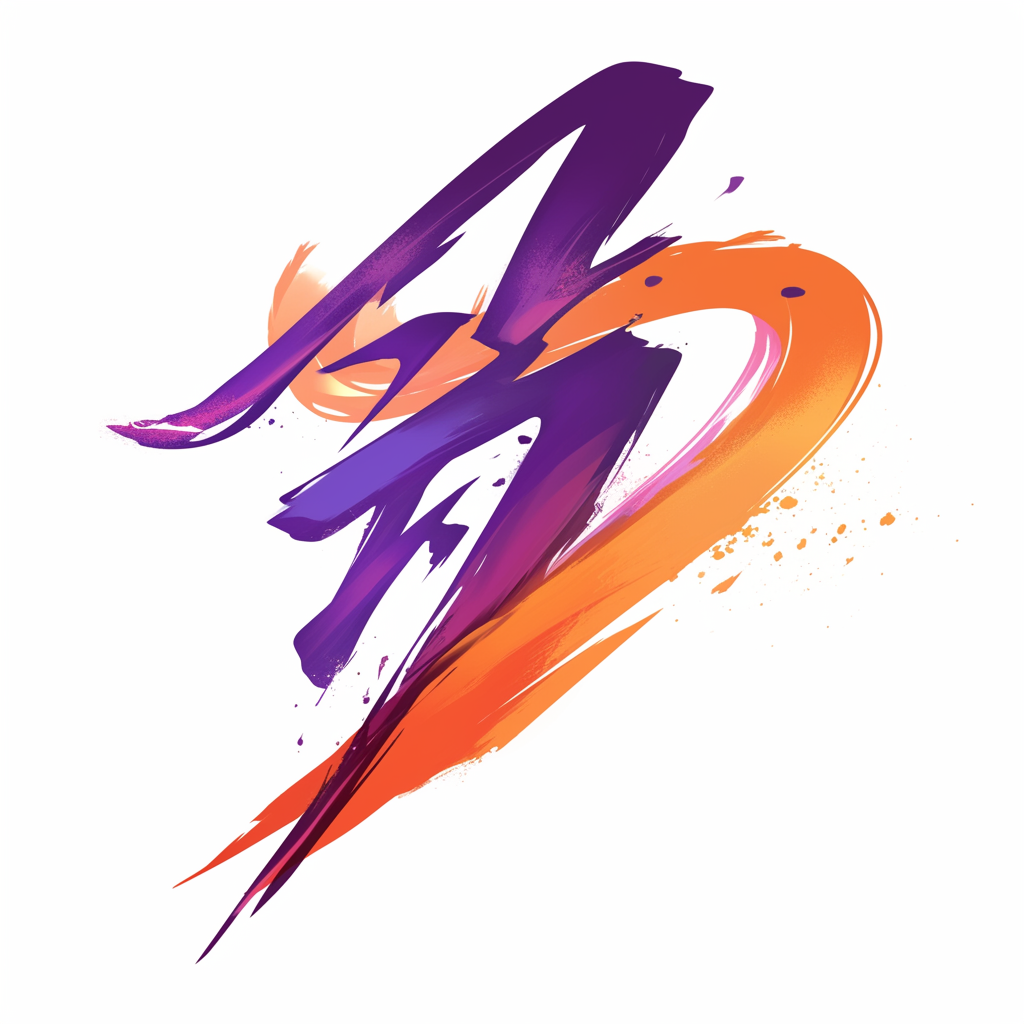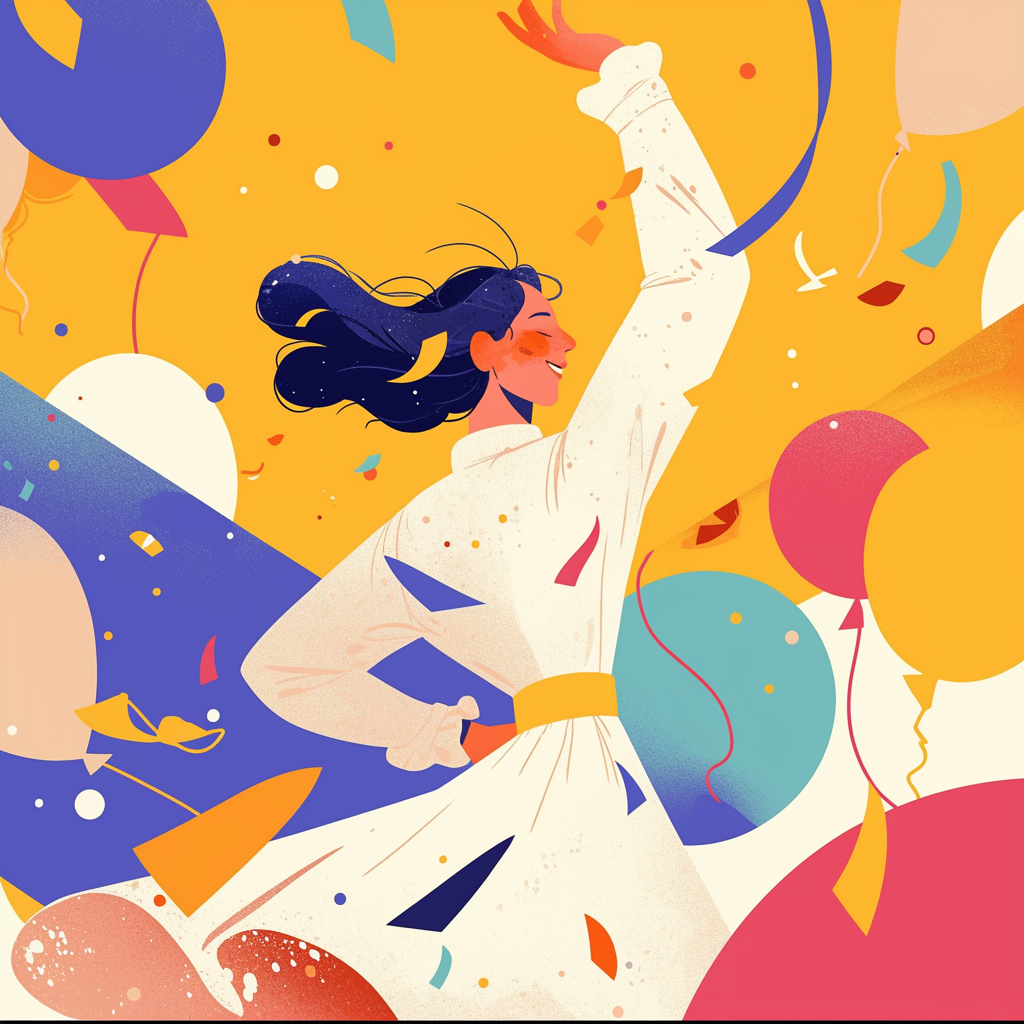Graphic design, or communication design, is a craft where professionals create visual content to communicate ideas and messages to an audience.

In today’s world, graphic design is everywhere. Home screen graphic design has begun to dominate our modern world, from the back of cereal boxes to billboards and your smartphone.
Graphic design has the remarkable ability to control our emotions and perceptions through the use of different principles and attention to detail that produces manipulative designs.
Professionals use pictures, typography, illustrations, and more to meet specific needs and optimize the user experience.
Although many people think of graphic designers as artistic individuals who always have their pen and tablet in hand and create eye-grabbing designs for companies, their job really goes so much further.
Graphic designers are responsible for much of the world around us, from grocery stores to maps and signs. In this article, we’ll explain graphic design and how it influences humans on an astounding level.
What is Graphic Design?
Graphic design is the art and practice of creating visual content to communicate messages. It combines elements like typography, color, imagery, and layout to convey information in a way that is both effective and aesthetically pleasing.
Professionals in this field, graphic designers, use these elements to create designs that serve specific purposes, such as branding, advertising, or digital interfaces. In short, graphic designers develop visuals to communicate certain messages.
These messages can come in the form of websites, signs, or any number of designs that can communicate a specific message to an audience. People, especially companies, care about how they look and present themselves, which is why graphic design is a commonly sought-after skill.
Companies want to ensure their brand is presented in the best light, and graphic designers can ensure this happens because they can use design principles to create an appealing look for a brand.
The Principles of Design
When it comes to graphic design, key designers understand specific design principles. Understanding these principles and how they interact is essential for designers to create cohesive and stylish visuals. Graphic designers must ensure they know how to implement design principles to purposefully create appealing and functional designs.
Alignment

There is no denying that alignment is one of the most important design principles. Alignment is key to ensuring that designs look cohesive and that all the different elements of a design connect.
Depending on the specific design and designer, there are various ways you can align your text, whether that be left, right, or center-aligned.
A huge part of ensuring your designs are flawless is that they are sharp and have an ordered appearance. Alignment accomplishes this by ensuring that your completed design looks symmetry correct and cohesive.
Color

Although one of the more obvious principles of graphic design, color is one of the most important principles. Color can impact immediately without viewers having to look further or focus on details for more explanation of a design.
Colors can influence emotions and create moods, even if they’re subtle. If you ever think that a color palette in a design was chosen randomly, then you’re wrong.
Graphic designers spend a tedious amount of time deciding which colors to use regardless of their design because they understand that it’s influential in how the design is perceived and its impact. Whether colors are used in backgrounds or for other elements such as shapes or typography, the design principle of color is incredibly important.
Space

Every designer needs to understand the design principle of space. Understanding that the parts of your design you choose to leave blank are just as important as those you fill is essential for every designer. White or negative space is an essential part of any design.
The worst thing a graphic designer can do is to clutter their design with different elements. This makes their design chaotic and unreadable. Good designs, and ones that people will be able to easily read and digest, will properly utilize space to ensure that other elements stand out and have room to breathe.
Contrast

Contrast is a great way to grab the viewer’s attention and ensure your design’s essential parts stand out. It helps create a clear difference between similar elements, keeping things from looking dull or flat.
You can use contrast by placing elements opposite each other, like dark versus light, thick versus thin, or any other opposites that create interest. It makes the design pop and keeps it from being boring.
Proximity

Proximity is important in creating a balanced design with a significant relationship between distant elements. It is essential for designers to understand this principle and where to place certain design elements to ensure that they come across cohesively.
Important design elements, such as fonts, type, color, or size, must be placed in proximity to one another in a way that makes sense and will attractively appeal to the viewer’s eye. It’s not enough to have exceptional design elements; designers must understand the principle of proximity to create a cohesive overview of the design.
Different Types of Graphic Design
Besides the basic design principles, there are also a lot of different types of graphic design. The graphic design and UX design world covers a wide range of areas, each needing a designer with specific skills and techniques.
Every design you see falls into a different category, which means it uses different elements and principles depending on its purpose. So, let’s dive into a few of the most common types of graphic design and see what makes each one unique.
Marketing Graphic Design

Marketing and advertising graphic design is all about the focus on selling products or services. Graphic designers in this field focus on creating appealing billboards, flyers, advertisements, posters, packaging, social media posts, and anything else that is connected to the visual aspect of selling a product or service.
These graphic designers are required to have critical and creative thinking as it’s important that they can think of innovative strategies to speak to the target audience.
Motion Graphic Design

Motion graphic design is all about graphics that move. Whenever you see animations, trailers, or banners with motion, that’s motion graphic design in action. It’s basically any design that includes movement.
This type of design is often used to create more dynamic and engaging business content, whether for websites, social media, or ads.
Motion graphic design is also frequently mixed with other types of design, like marketing or web design, to make the final product more interactive and attention-grabbing.
Web Design

One of the most common types of graphic design is web design, which involves building websites’ appearance, structure, layout, and design.
Web design focuses on the external end of a website, ensuring that the user experience is flawless and the website is appealing and engaging to viewers.
Web designers combine important design elements such as text, photos, videos, and graphics to create user-friendly sites that appeal to the audience.
Illustration Design

Illustration design is when designers create original artwork using a variety of techniques. It’s one of the most organic and creative types of design, often appearing more relaxed and less formal compared to other design styles.
Illustration designers often collaborate with professionals from different fields of graphic design to make sure the illustration fits perfectly with the overall style and feel of the project.
These designers usually have backgrounds in areas like animal drawing, architecture, or other related fields, which helps them bring a unique artistic touch to their work.